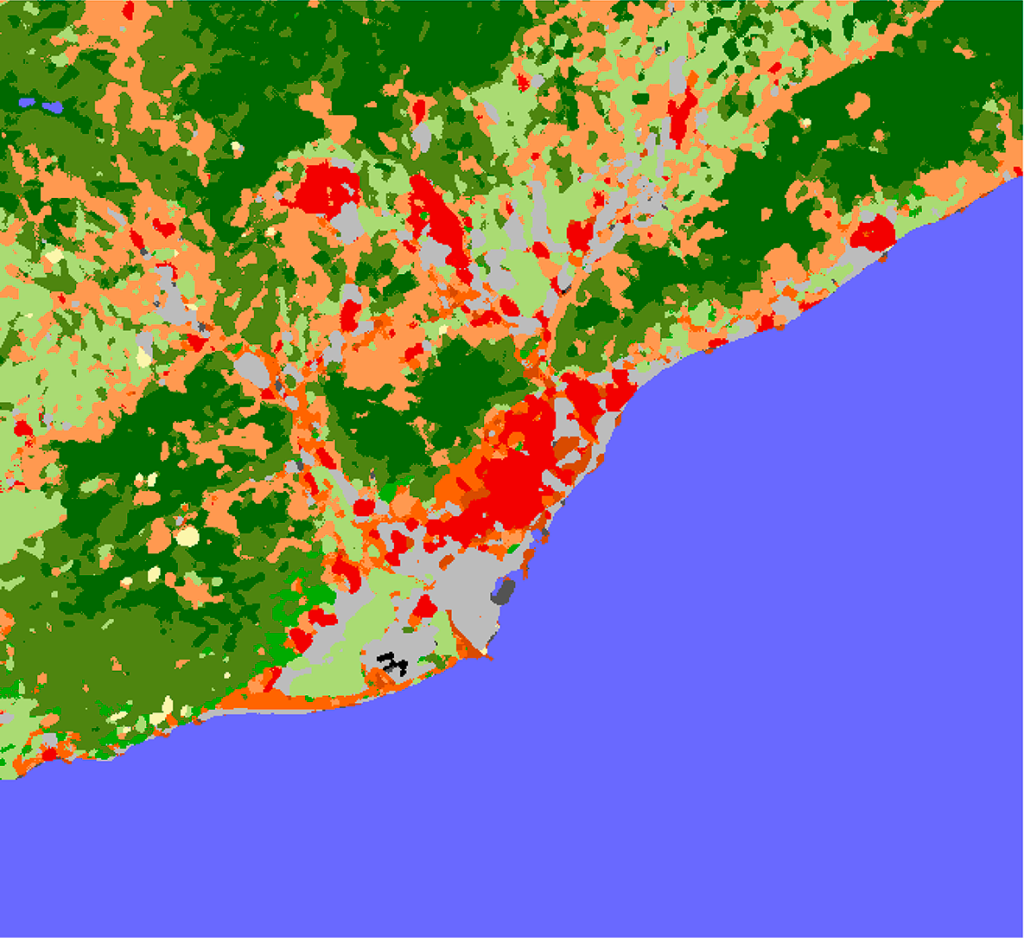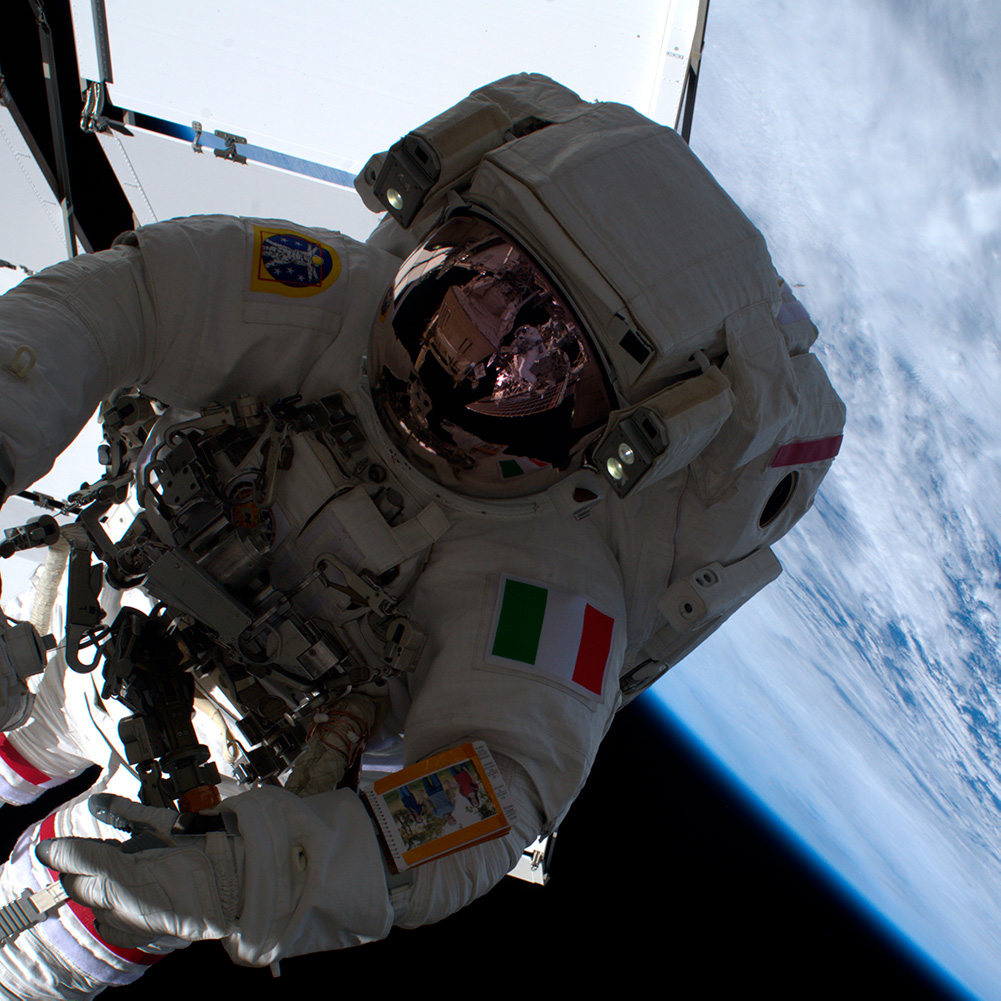Isolation at the polar ice caps or in space teaches us to become more responsible about our planet and protect its resources
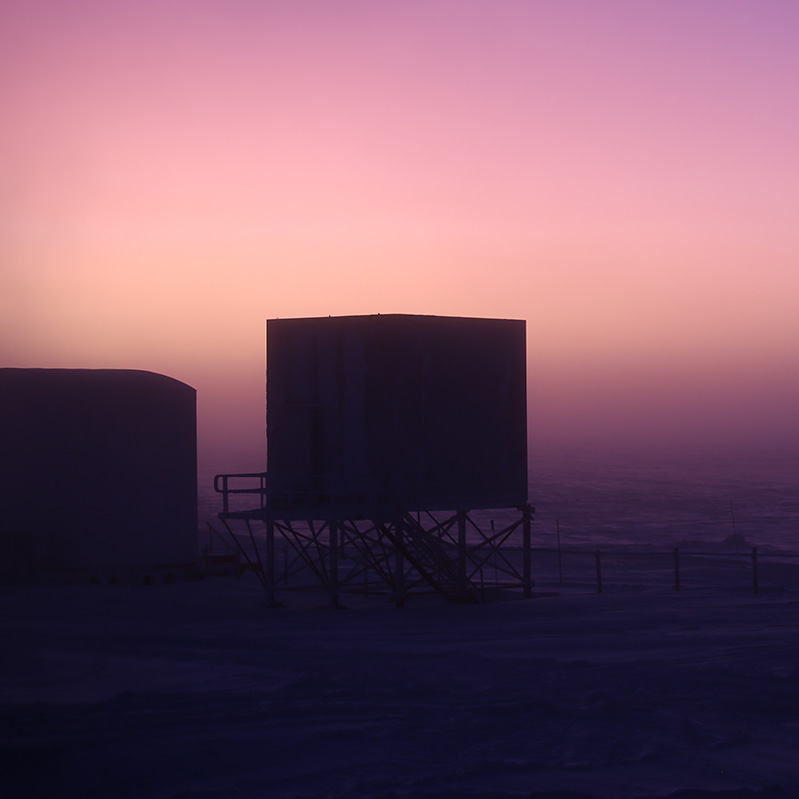
Nadja Albertsen, Doctor, Aalborg, Denmark
For 13 months, I lived on the Concordia science station as a doctor-researcher for ESA. Living In the Antarctic is a unique experience: you have to survive on limited resources for long periods of time; even though you are surrounded by Ice, water is still a precious resource and 80% of it is recycled. The Antarctic station is an experimental site for space exploration, where we learn to live in a responsible way and to protect the planet Earth.
Interview
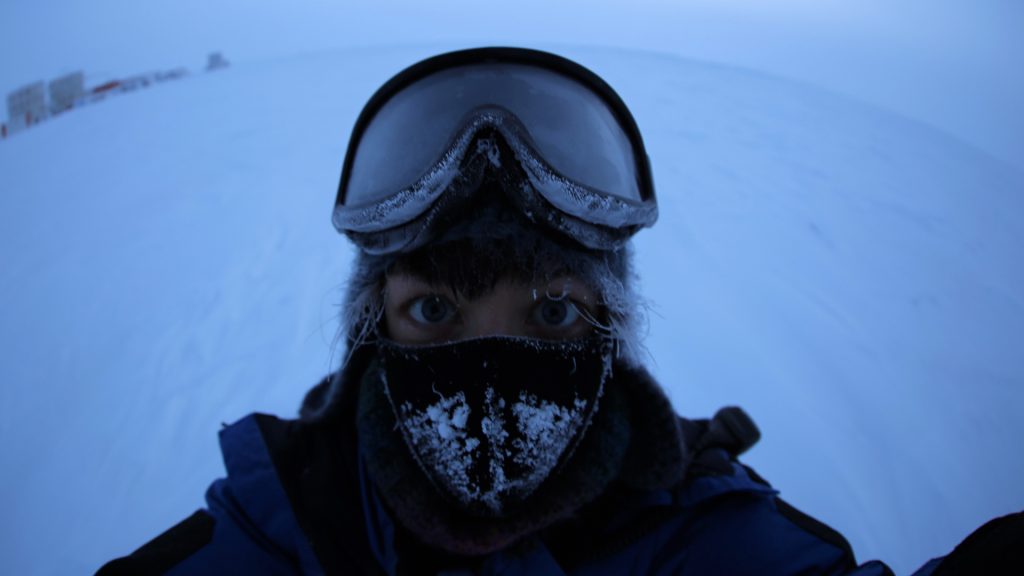
My name is Nadja Albertsen and I am a medical doctor and a health anthropologist. Currently I am working in Aalborg, Denmark, where I am a PhD student working on a project about cardiac arrhythmias in Greenland. Previously I’ve worked in Denmark and in Greenland and I spent 13 months in Concordia-Antarctica from Nov 2018 to Nov 2019, where I was a research medic for the European Space Agency which means that I was carrying out different scientific projects. I was also responsible for water sampling and managing the local rescue team in the base.
I work in the Agriculture and Rural Development sector at the Asian Development Bank. I am currently based in Hanoi, Vietnam.
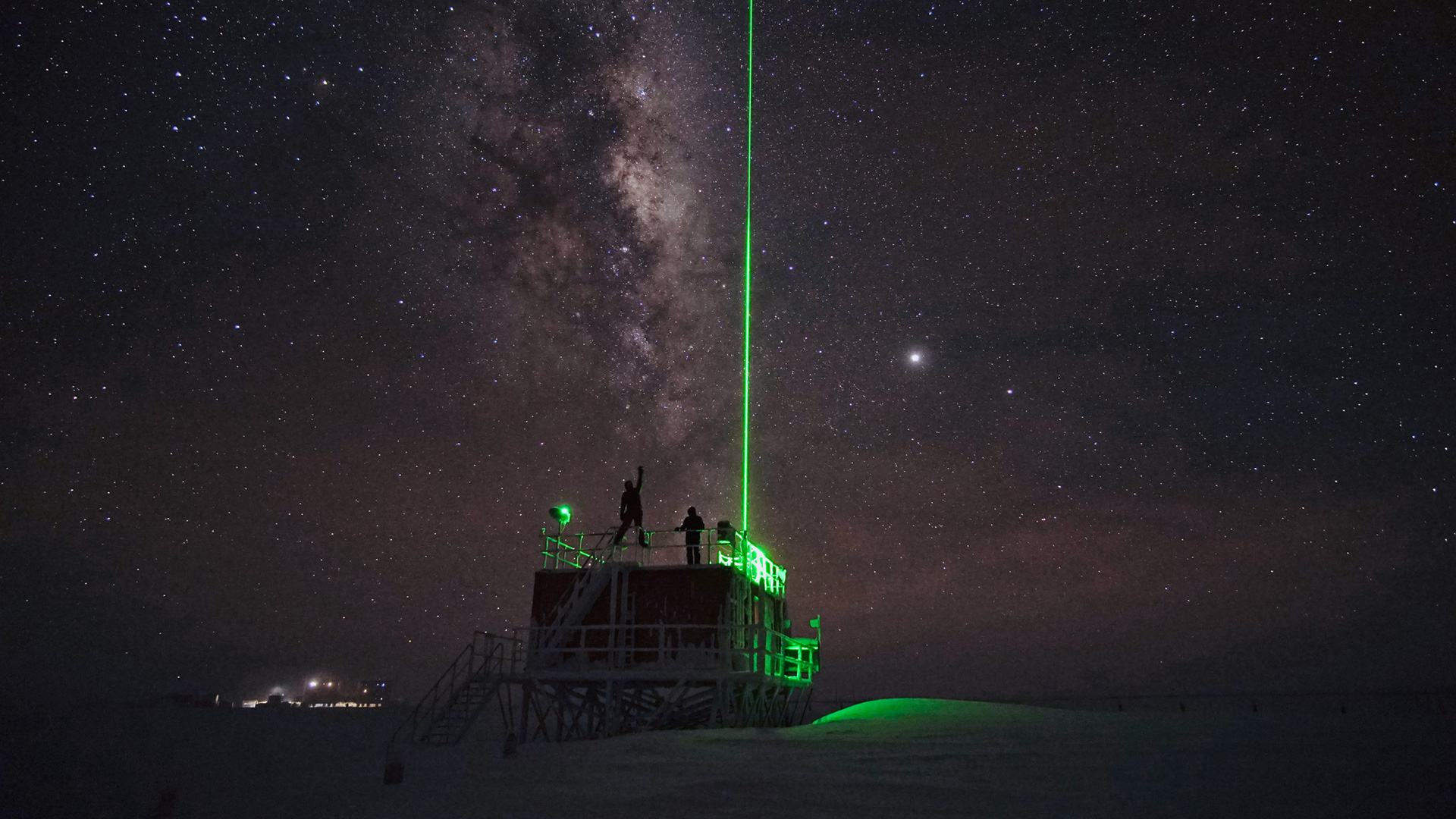
Life in Concordia, and in Antarctica in general, is pretty special, basically there are 2 seasons: a very short summer from November till February, where the sun never sets and it quite warm about -20°C – it’s super busy then, there are a lot of scientists and technicians. In Concordia there is room for about 60 people and at some points during the summer we were 100, so it was really, really busy. Then in February temperatures start to drop to around -40 °C, -50 °C, so that planes can’t take off or land in Concordia any longer. The winter starts and the base closes its doors. For the next 9 months we were only 13 people in the base, carrying out different scientific projects and living a very isolated life.
Living in isolation for 9 months was special. It is something that you need to consider before leaving because it’s really a very extreme kind of isolation. When temperatures get that low, you can’t leave the base and you can’t get any help from the outside, so if anything happens in the base like a blackout or a medical emergency, you have to manage. We might have to evacuate the base and live in tents, and if any emergencies strike at the base, or if someone gets hurt, we have a hospital where we can treat patients. It also means that you have to be able to take care of yourself.
You have to have everything you need: food, the means to generate heat and electricity, and water. And you have to bring enough toothpaste for a year, and body lotion, these kinds of things.
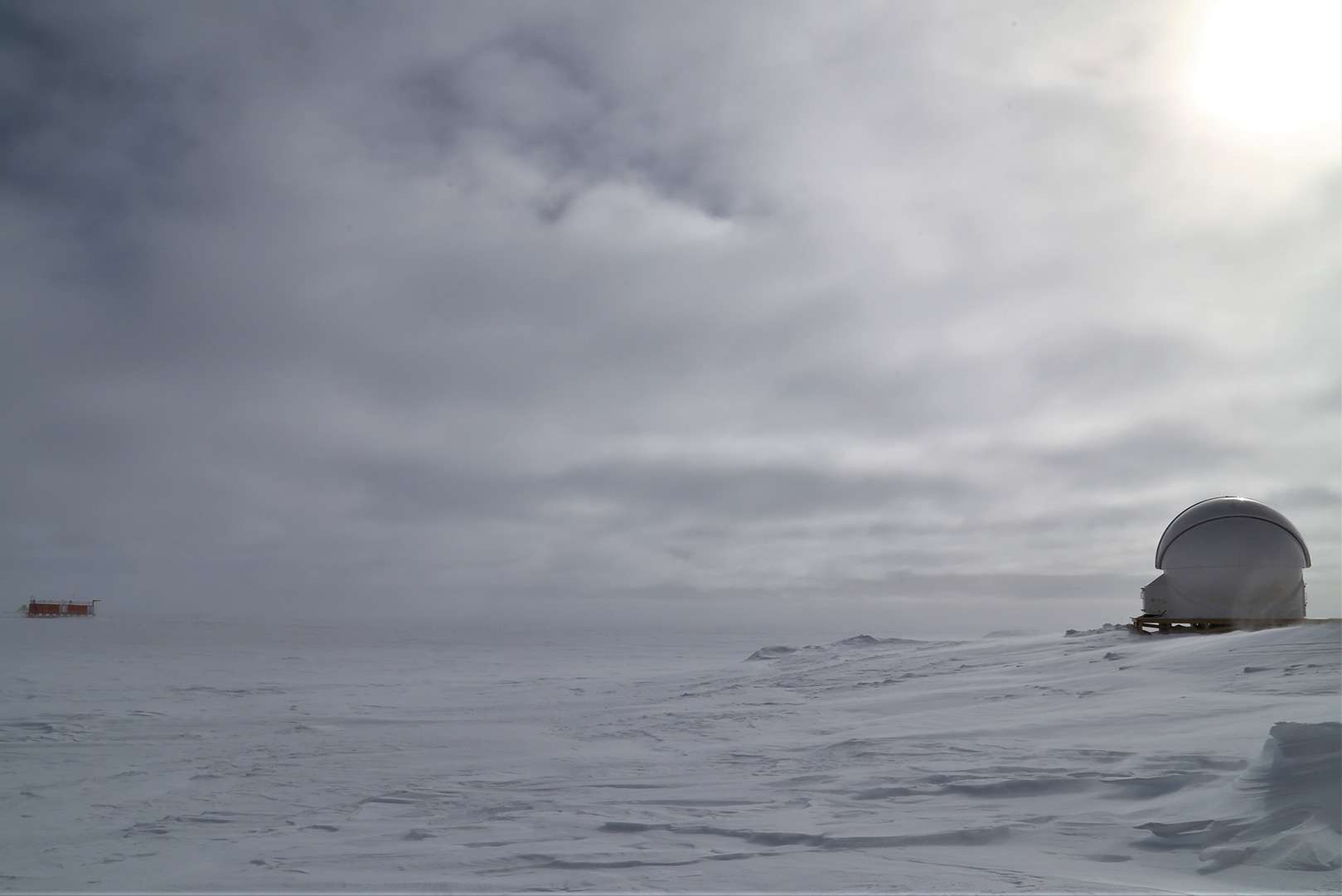
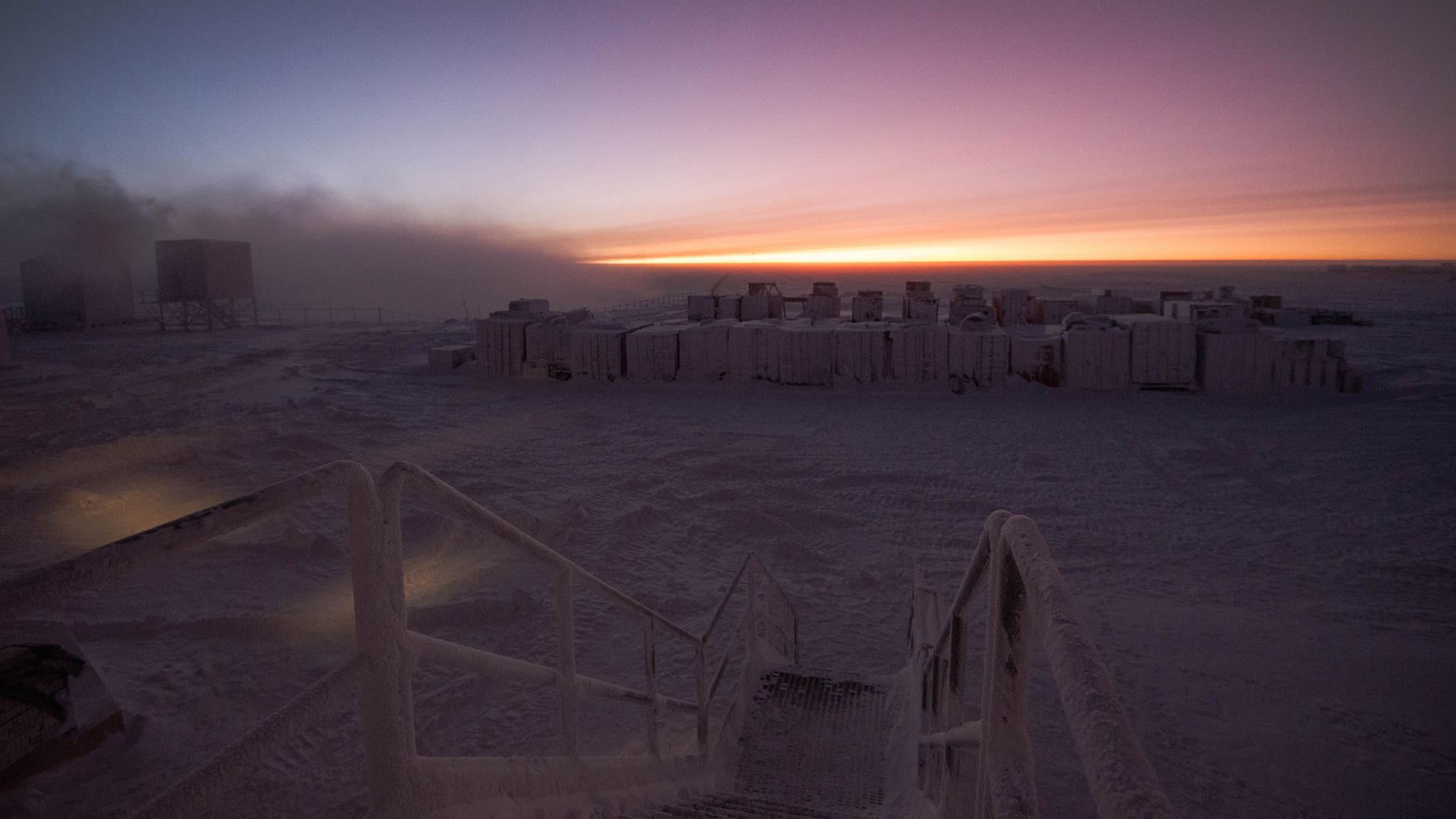
Then there is the water which is really interesting. When you live in Antarctica you are surrounded by ice and surrounded by water, but in order to get drinking water you have to go out and you have to collect snow or ice from a place where there is no pollution, you have to bring it back to the base, you have to melt it.
To drink water, you have to add minerals. The Concordia station is quite high, about 3000 metres altitude, so the air is really dry, you lose a lot of water, so you also have to drink also a lot of water, so water consumption is quite high. You also have to use water for food, for showering, for washing clothes, cleaning and whatever, so you use a lot of water for that.
There is a water filter unit there which is really cool and we were able to recycle 80% of the water, and that makes a big difference. The summer we were leaving, the Antarctic summer of 2019, they were making some repairs to the water treatment unit, so they took it out of use.
Then a mechanic was put in charge of collecting ice, maybe spending 1 hour each day collecting ice, and then doing it as a full time job – he spent all day collecting ice. You really learn how precious a resource water is, so you also need to take short showers.
The reason why the European Space Agency uses the Concordia Station as a sort of model for space travel?
One thing is isolation which is very common in space: you have to rely on a small team, you have to bring everything you need, and you have to be aware that if something happens, you may have to wait a long time before anyone outside the base can assist you.
These are some of the physical similarities. But then, there is hypoxia as well. When you go into space you also have to take oxygen, so it is interesting to know how hypoxia affects people. If you can live with a little less of oxygen than you normally do, you can take a bit less into space.
This is really interesting. Then there is the entire group dynamic – how to put a team together that can work well under these circumstances, what kind of people are well suited for living in these conditions? What kind of personality types? Then there are the physical and mental short term reactions but also the long term reactions: for example, if we lose muscle and bone mass, how long does it take to become normal again – if it becomes normal – and if doesn’t then why doesn’t it.
There are a lot of similarities, but also some differences, especially gravity. The lack of gravity in space is really important to the physical changes that astronauts go through. Radiation in space is also a big factor as well.
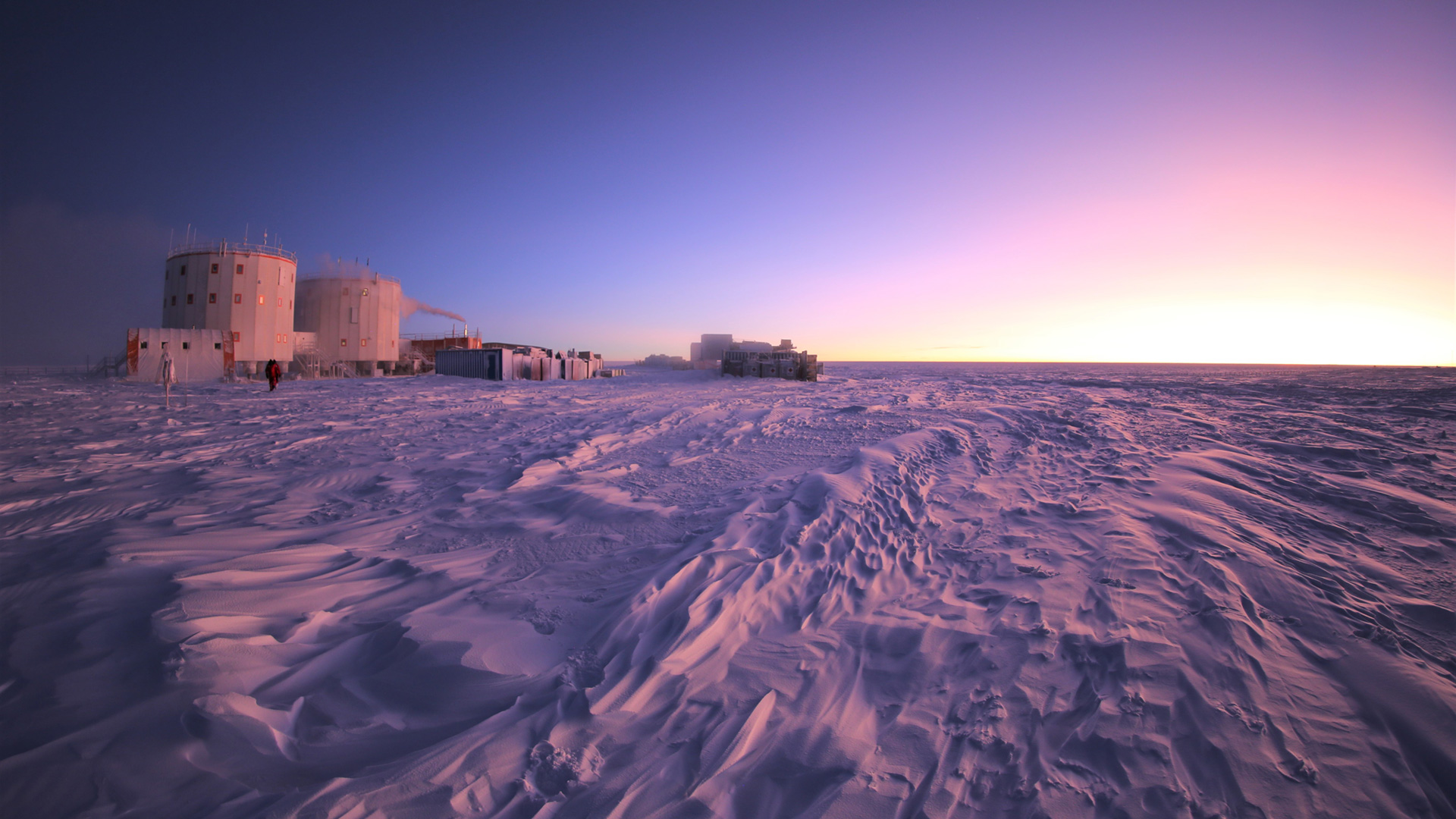
The message that I would like to send to visitors: I ask everybody to stop for few minutes, to take a break and become aware of their life and surroundings, how nature around them looks, smells, and sounds, to try to rediscover the world.
I also ask people to take time away from all the commodities in their life, to try to go somewhere where is no phone or internet connection, somewhere you have go out and find your own water, or when you go to the toilet you have to dig a hole in the ground or whatever. Try to become aware of the work behind the luxurious life that most of us in Europe live today.
Ensure sustainable consumption and production patterns
Check out more
